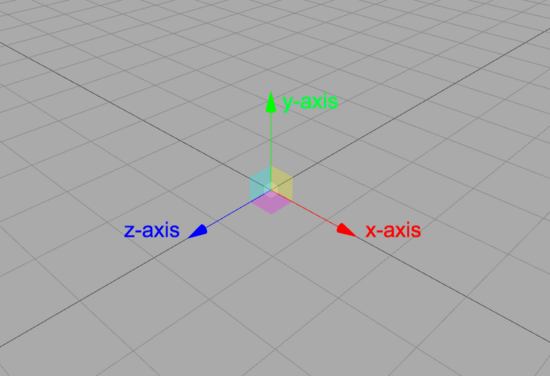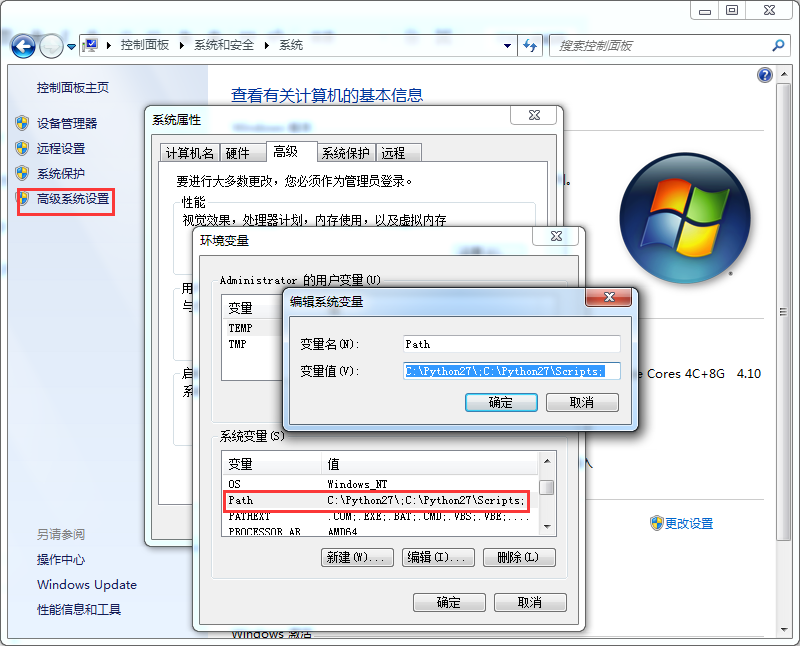1. 函数的写法,函数的调用
【函数的一般形式】定义一个函数要有以下规则:
(1)函数代码块以 def 关键词开头,后接函数标识符名称和小括号();
(2)任何传入参数和自变量必须放在小括号内,小括号内可以用于定义参数;
(3)函数的第一行语句可以选择性的使用文档字符串----用于函数说明;
(4)函数内容以冒号:起始,并且 "缩进"。
例子:
def sum(x, y): # x, y 是形参,函数名称自定义,但是不要和系统函数、特殊关键字重复。
prnit ('x = {0}'.format(x))
print ('y = {0}'.format(y))
return x + y # 返回值
#下面调用函数
sum(1,3) 或者 sum(y=6, x=10)
2. 函数参数的几种不同方法
【函数的参数】
(1)给b变量设定一个默认值
def funcA(a, b=0):
print ('a = {0}'.format(a))
print ('b = {0}'.format(b))
#调用函数
funcA(1)
返回结果:
a = 1
b = 0
(2)如果实参(即10和20)传入的时候指定b的值,优先选择传入的实参;
当b没有值传入时,才会使用默认值。
def funcA(a, b=0):
print ('a = {0}'.format(a))
print ('b = {0}'.format(b))
#调用函数
funcA(10, 20)
返回结果:
a = 10
b = 20
(3)参数为元组(tuple)
def funcA(a, b, *c):
print ('a = {0}'.format(a))
print ('b = {0}'.format(b))
print "length of c is: {0}".format(len(c))
print ('c = {0}'.format(c))
#调用函数
funcA(1, 2, 3, 4, 5, 6)
#解释:1对应a, 2对应b,*c代表元组,将3,4,5,6添加到元组中去
返回结果:
a = 1
b = 2
length of c is: 4
c = (3, 4, 5, 6)
(4)参数为字典(dict)
def funcA(a, **c):
print (a)
print (c)
for i in c:
print i + ":" + str(c[i])
#调用函数
funcA(100, x="hello",y="world")
print ('#' * 20)
cs = {'1':'aaaa','2':'bbbb'} #定义一个字典
funcA(a = 99, **cs)
返回结果:
100
{'y': 'world', 'x': 'hello'}
y:world
x:hello
####################
99
{'1': 'aaaa', '2': 'bbbb'}
1:aaaa
2:bbbb
还是不明白的话:看廖雪峰的文档https://www.liaoxuefeng.com/wiki/001374738125095c955c1e6d8bb493182103fac9270762a000/001374738449338c8a122a7f2e047899fc162f4a7205ea3000
转载于:https://blog.51cto.com/286577399/1978177


